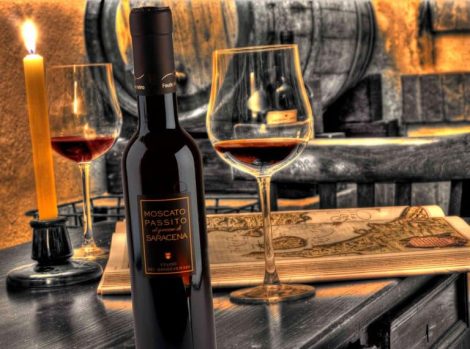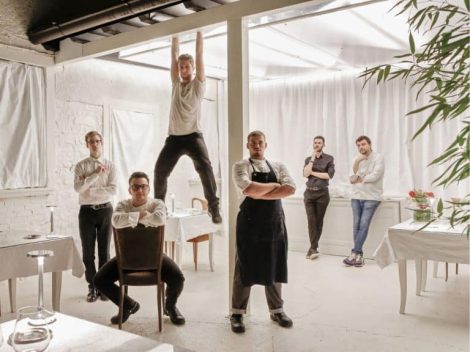Gin. What is it?
Not an easy question. It’s important not to take gin for granted and to make a distinction between two types. There’s Dutch gin, obtained by distilling fermented barley and wheat added with a macerated assortment of herbs, spices, plants and roots called botanicals. And then there’s London Dry Gin, whose base is neutral alcohol. The common denominator id juniper berries which lend the spirit its flavor and aroma. And its name. Despite the Dutch origin and the initial diffusion restricted to Britain alone, this distilled spirit is now produced worldwide, from the United States and Spain to Italy and Germany.
Gin in defense of elephants
For her cocktails Katerina uses a German gin produced southeast of Hamburg. Besides the high quality the maker is also highly concerned with elephant conservation. We’re talking of Elephant Gin, a London Dry Gin whose botanicals partially come from Africa. These are buchu, motherwort, South African devil's claw, baobab, African African wormwood and African sagebrush.15% of the company’s profits are donated to fund Space for Elephants and Big Life Foundation who fight against illegal export of ivory, which is the cause of death of approximately 35K elephants. That’s one every fifteen minutes. But back to more frivolous topics, the step-by-step recipes.
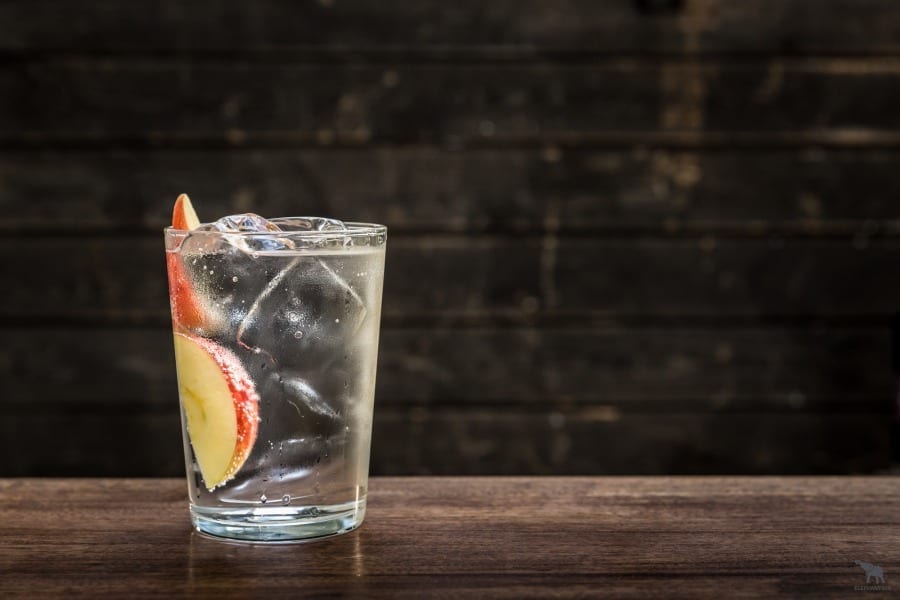
Perfect Serve Elephant Tonic
Fill a glass with ice cubes
Add a slice of fresh ginger
Chill the glass, swirling the ice cubes
Remove ginger
Add 2 apple slices
Pour in 50 ml di Elephant Gin
Slowly pour in 200 ml premium tonic water
Oasentrunk
60 ml Elephant Gin
75 ml fresh apple juice
15 ml honey syrup
25 ml lemon juice
4 fresh basil leaves
Shake and strain over ice
Garnish: a slice of lime and basil leaves (see opening image)
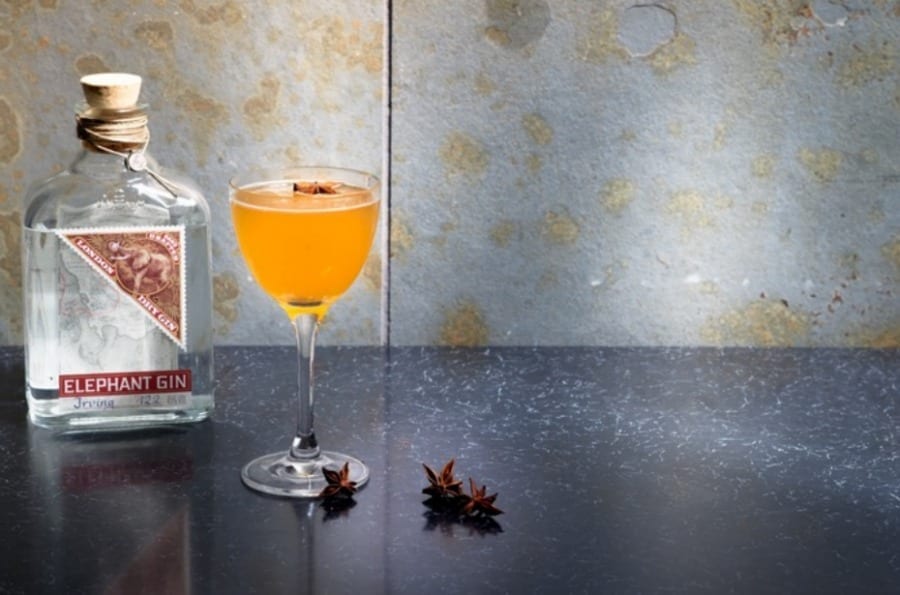
Classic No 10
35 ml Elephant gin
25 ml Earl Grey Tea
15 ml lime juice
10 ml sugar syrup
Shake & Strain
by Annalisa Zordan
translated by Eleonora Baldwin

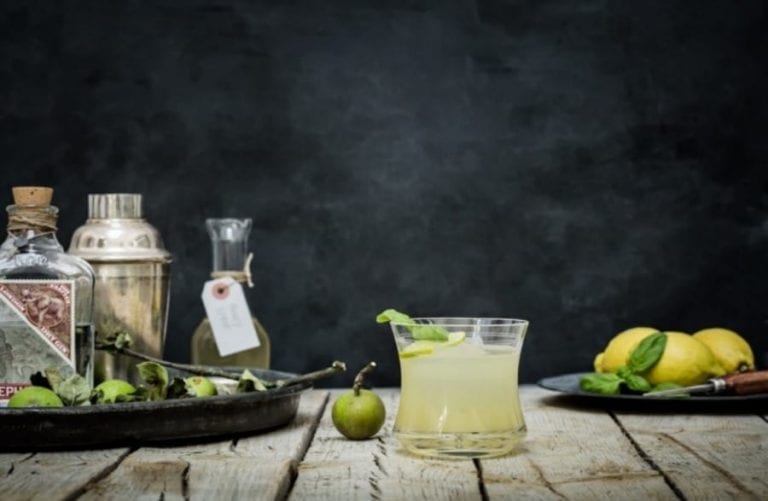

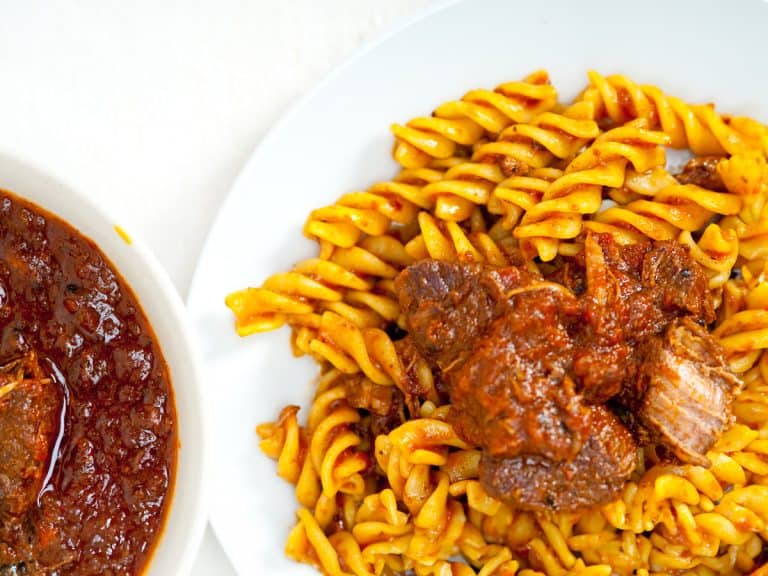 Neapolitan or Bolognese? The (tomato-free) history of the two ragùs that divide Italy
Neapolitan or Bolognese? The (tomato-free) history of the two ragùs that divide Italy Dom Perignon for dogs and sleepless rock stars: the bizarre requests to the world’s best hotel manager
Dom Perignon for dogs and sleepless rock stars: the bizarre requests to the world’s best hotel manager The oil always moves north, reaching England. How the map of olive trees is changing due to climate change
The oil always moves north, reaching England. How the map of olive trees is changing due to climate change The Nobel Sandwich we tried at CERN, just steps from antimatter
The Nobel Sandwich we tried at CERN, just steps from antimatter The two young talents from Gattinara revolutionising Italian cuisine
The two young talents from Gattinara revolutionising Italian cuisine